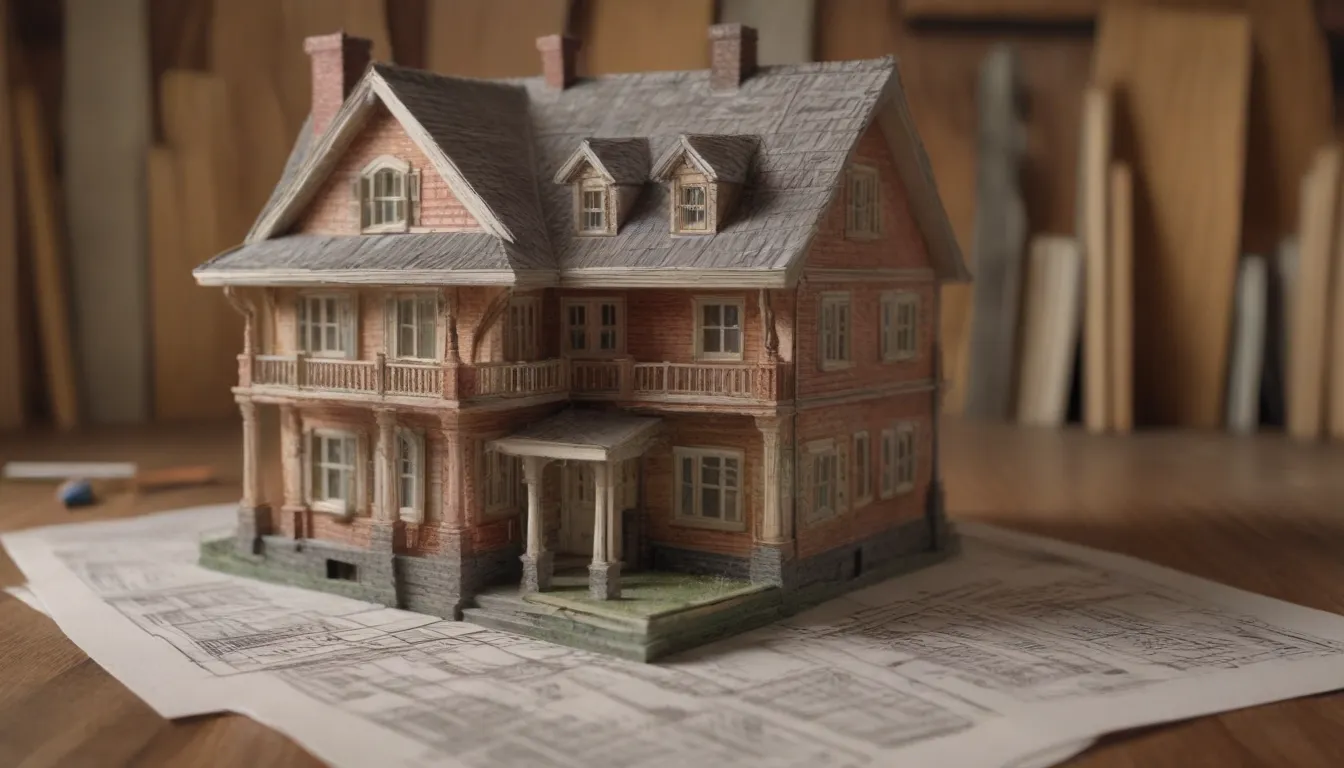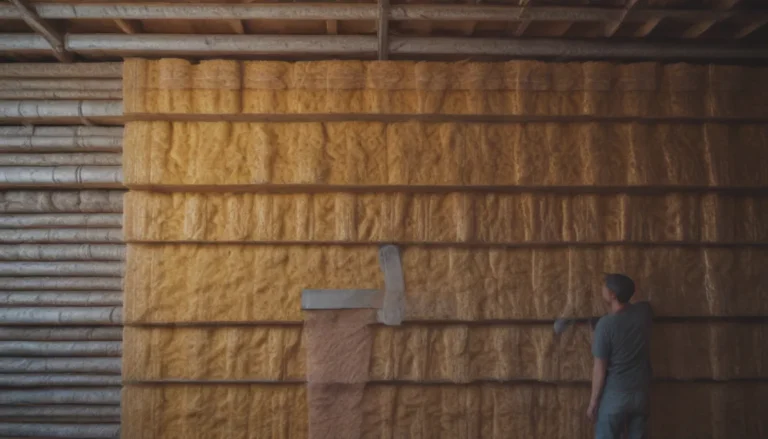Understanding Building Permits for Your Home Remodeling Project

Embarking on a home remodeling project can be an exciting endeavor, but navigating the world of building permits can be a daunting task. Knowing when you need a permit for your project is crucial to ensure that the work is done safely, in compliance with regulations, and without any potential setbacks in the future. In this article, we will delve into the intricacies of building permits, discussing what projects typically require a permit, when one might be necessary, and when you can proceed without one. Let’s break it down!
Why Do You Need a Building Permit?
Before we delve into the specifics of when a building permit is required, it’s essential to understand the underlying purpose of permits. Building permits are put in place to ensure that construction projects meet safety standards, building codes, and zoning regulations. By obtaining a permit, you are essentially getting approval from your local government that the proposed work complies with these guidelines. It serves as a safeguard to protect both homeowners and the community at large.
When it comes to home remodeling projects, certain aspects of the work are considered high-risk and therefore require a permit to ensure they are done correctly. These typically involve areas such as structural changes, electrical, plumbing, and natural gas installations. By obtaining a permit for these projects, you are ensuring that the work is being carried out by a licensed professional who is knowledgeable about the specific codes and regulations that need to be followed.
When Is a Permit Usually Required?
In most localities, there are specific home projects that almost always necessitate a building permit. These include:
- Structural changes: Any alterations to the load-bearing walls, foundation, or roof of a structure.
- Electrical work: Installing new wiring, circuits, or electrical panels.
- Plumbing installations: Adding or altering plumbing fixtures, such as sinks, toilets, or showers.
- Natural gas: Installing gas lines for appliances like stoves or fireplaces.
- Room additions: Expanding the footprint of your home.
- Demolition: Tear-downs or gut renovations.
These projects are typically considered high-risk and require a permit to ensure that they are done safely and in compliance with building codes.
When Might a Permit Be Required?
There are some instances where a building permit might be required depending on the scope and nature of the project. These include:
- Exterior work: Changes to the exterior of your home, such as siding replacement, window installations, or roofing repairs.
- Fence installations: Building a new fence or replacing an existing one.
- Deck constructions: Building a new deck or altering an existing one.
- Landscaping: Extensive landscaping projects that involve grading, retaining walls, or drainage.
While these projects may not always necessitate a permit, it’s essential to check with your local permitting office to determine if one is required. It’s better to be safe than sorry when it comes to compliance with regulations.
When Is a Permit Often Not Required?
Despite the increasing emphasis on obtaining building permits for various projects, there are still some actions that you can typically undertake without a permit. These may include:
- Cosmetic changes: Painting, wallpapering, or installing new flooring.
- Minor repairs: Fixing leaks, replacing faucets, or repairing drywall.
- Cabinetry installations: Installing new kitchen cabinets or bathroom vanities.
- Fixture replacements: Swapping out light fixtures, ceiling fans, or hardware.
While these projects may not require a permit in many jurisdictions, it’s essential to verify with your local permitting office to confirm whether one is needed. It’s better to err on the side of caution to avoid any potential issues down the line.
Seeking Definitive Answers
If you’re unsure whether a building permit is required for your home remodeling project, the best course of action is to contact your local permitting office. Permit officers are often willing to answer questions over the phone and provide guidance on permitting requirements. While some general guidelines exist, the only definitive way to know if a permit is needed is to apply for one. It’s better to be proactive and ensure that you have all the necessary approvals in place before starting any work.
Why Play It Safe?
While the permitting process can sometimes be cumbersome and time-consuming, it’s crucial to adhere to regulations and obtain the required approvals. Failure to do so can have serious consequences, including:
- Inspection setbacks: Inspectors may require the removal of drywall or other surfaces to inspect work that was done without a permit.
- Fines: Violations of permitting regulations can result in hefty fines that can significantly impact your project budget.
- Future implications: When selling your home, unpermitted work can deter potential buyers and lead to complications during the sales process.
By ensuring that you have all the necessary permits in place, you are safeguarding yourself against these potential issues and ensuring that your home remodeling project is done correctly and legally.
In conclusion, understanding when you need a building permit for your home remodeling project is essential to avoid any regulatory hurdles and ensure that the work is done safely and in compliance with regulations. While the process may seem daunting at first, it’s better to be informed and proactive to prevent any issues down the line. Remember, when in doubt, always reach out to your local permitting office for guidance. Happy remodeling!





